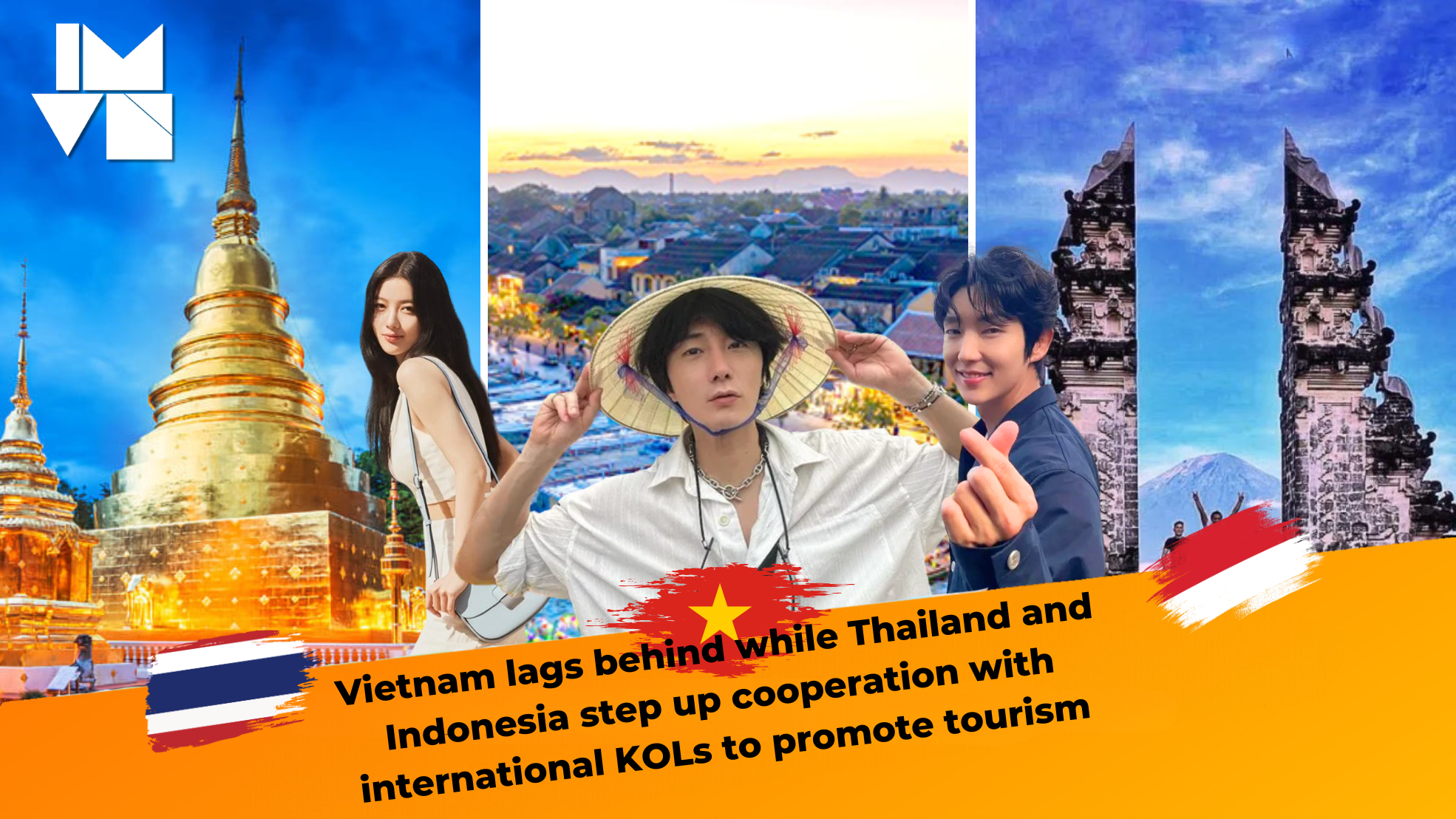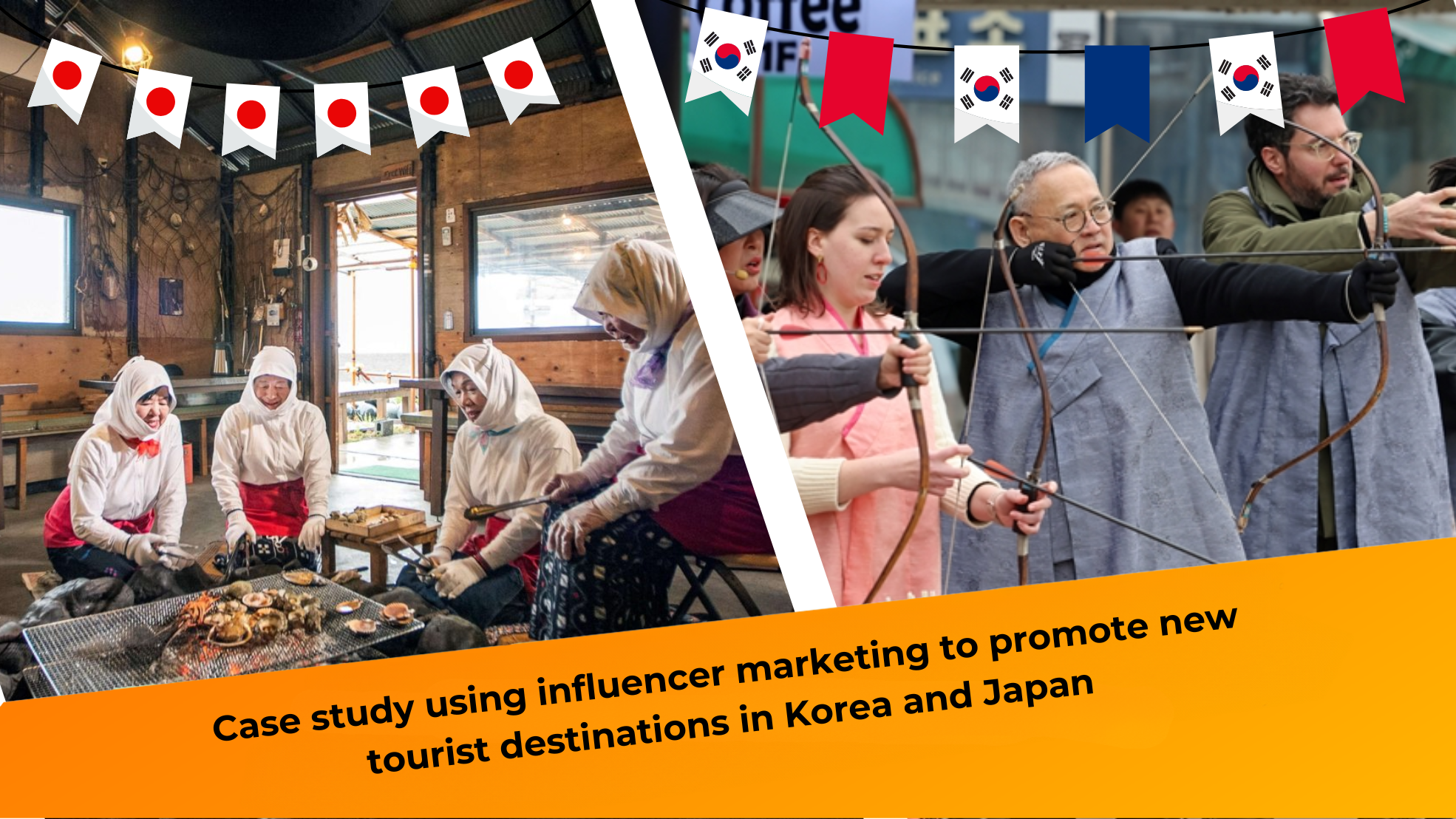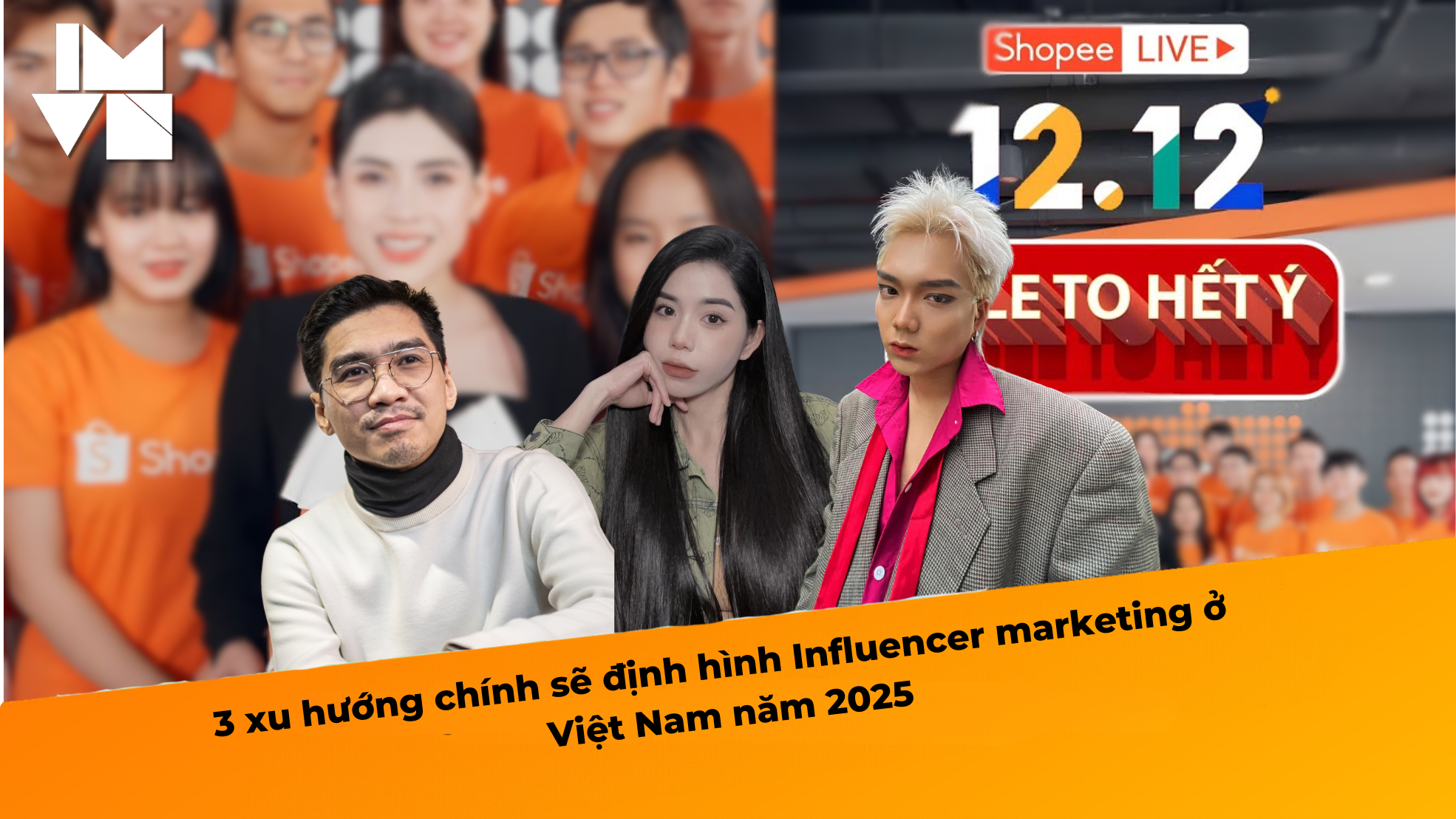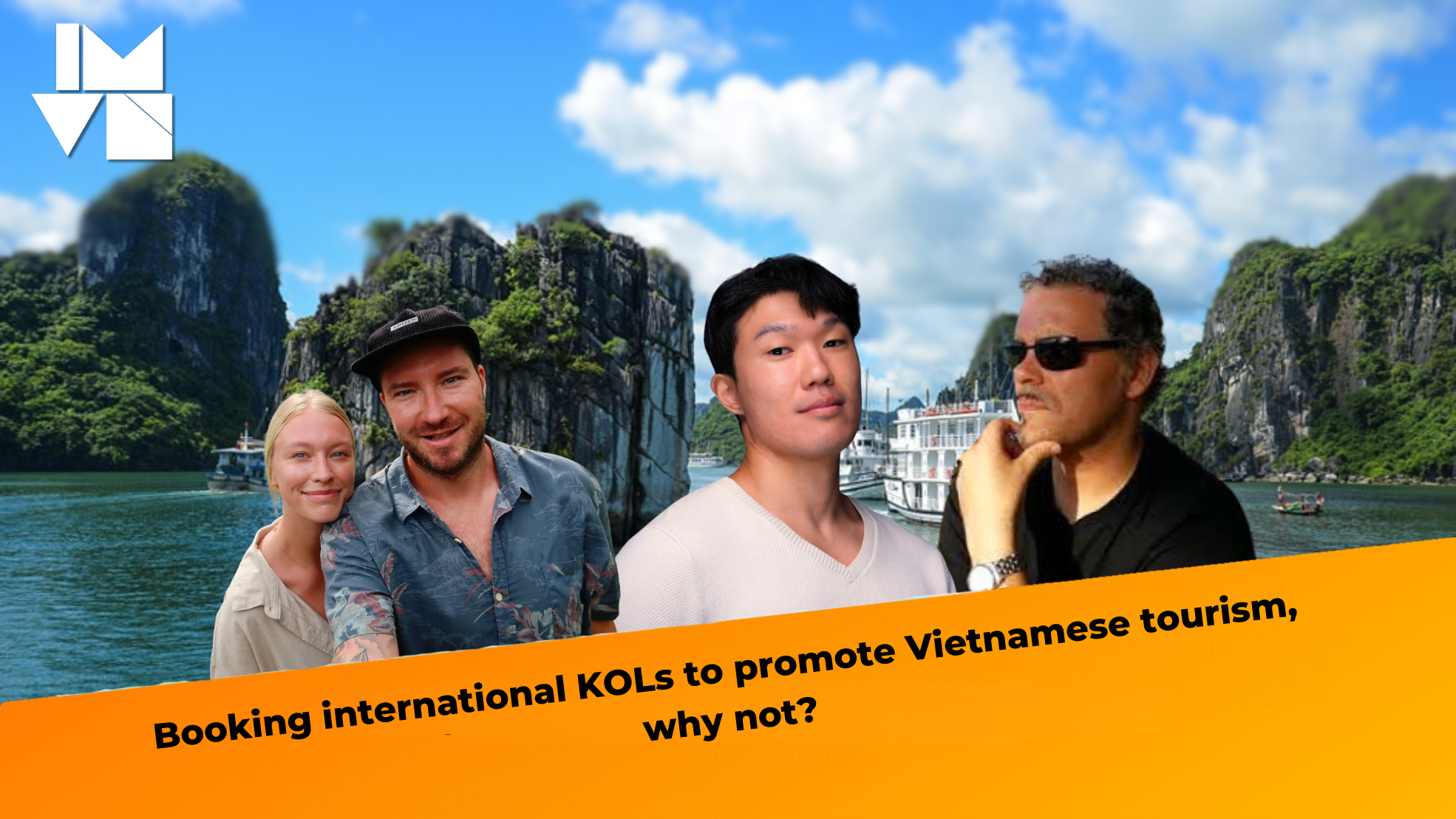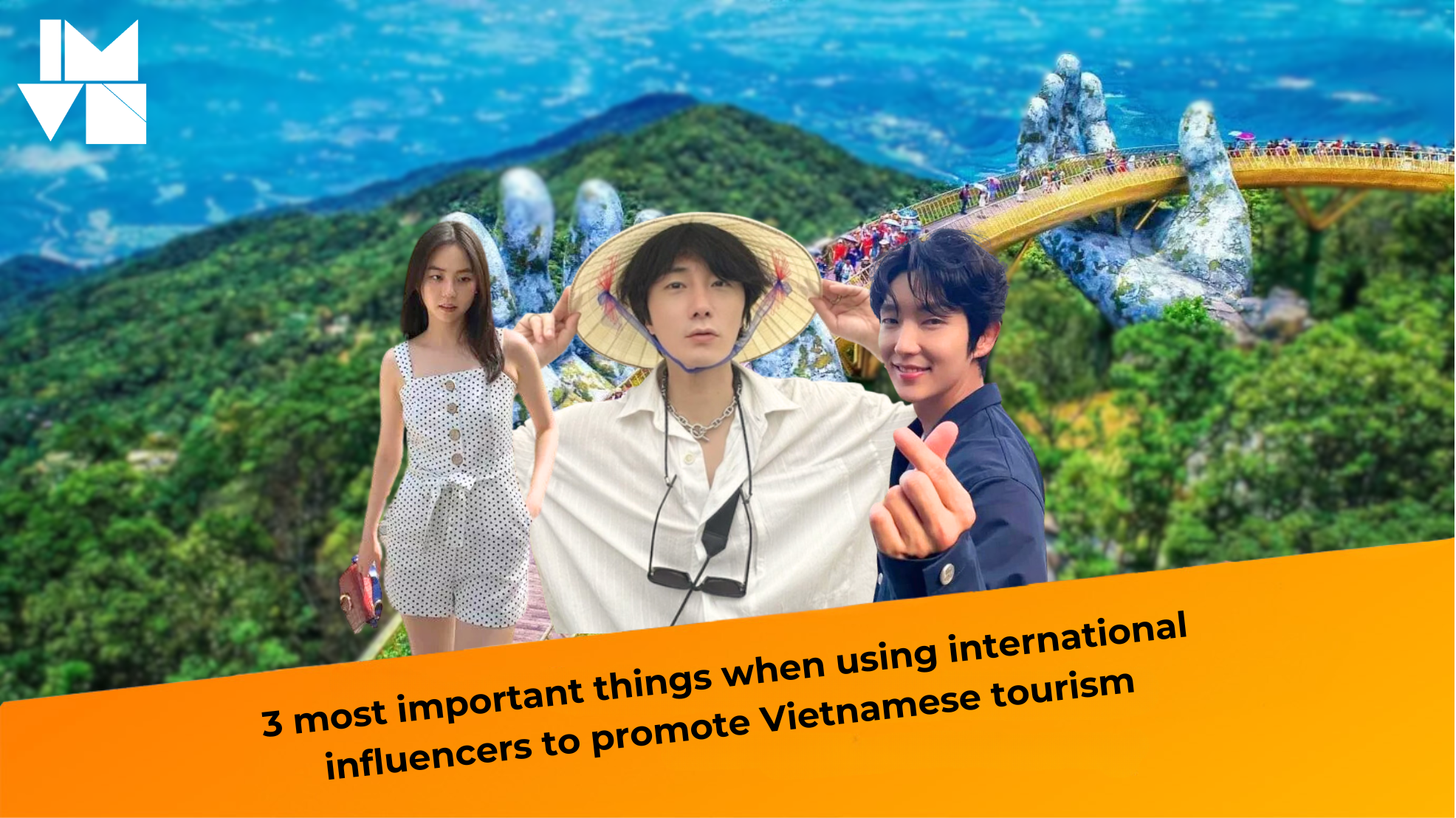Luxury Brands and Social Media
When it comes to marketing luxury brands, glossy magazine spreads, extravagant fashion shows, and high-profile celebrity endorsements often come to mind. These traditional methods wrap the brand in an aura of prestige, but also create a sense of distance.
However, the rise of affluent consumers in Vietnam and India has fueled a desire for luxury experiences, self-expression, and sophisticated style. Social media has made it easier to connect with stylish individuals and learn about their “tasteful” lifestyles. These individuals emerge as influencers, spreading the word about luxury living. Passionate about luxury goods, they understand the brand’s spirit, personality, and style. Influencers add a touch of accessibility and reality to luxury brands, transforming them from aspirational objects to attainable experiences. Social media opens the doors to a luxurious lifestyle with a single click.
As the most popular social media platform in Vietnam and a hub for influential figures, Facebook is no longer dismissed as a channel solely for mainstream products.
Luxury Influencers: Who Are They?
Influential figures in fashion and beauty are often the top choices for luxury brands. Huong Color, editor-in-chief of F Fashion magazine and a judge on several renowned fashion programs, is a highly sought-after influencer. Her posts primarily focus on fashion and lifestyle, making her a KOL with significant influence on consumer opinions.
For high-end health and beauty products, Yuki Nguyen is a particularly impactful influencer. She frequently shares skincare routines and tips for health and beauty. Over 7,000 followers are keenly interested in the products and beauty methods she uses. Posts featuring new collections from Chim Yen, Yuki Nguyen’s fashion brand, also attract followers.
Facebook is a favored platform in Vietnam, even among affluent consumers. They form exclusive groups dedicated to luxury goods. These groups have carefully selected members, mostly high-income individuals who enjoy luxury brands or are interested in premium products.
Among these, the “Sanh Dieu – Hang Hieu” (Stylish – Luxury Goods) group stands out with over 1,500 members, mainly entrepreneurs, managers, and fashion and cosmetics business owners aged 20 to 40. They are frequent customers of renowned fashion brands like Louis Vuitton and Chanel, as well as other high-end beauty products. This is where they showcase their possessions, review products, and discuss new releases.
Active members in this group receive special attention from brands, with gifts of newly launched items or invitations to offline events. If your product is truly high-quality and luxurious, consider offering it for them to use and review within the group.
Collaborating with Elite Influencers
To effectively collaborate with these influencers, luxury brands should research their recent activities, stay updated on their events and projects, and even understand their daily routines to find common ground with the product. Ensure that the product idea and content seamlessly integrate into the KOL’s lifestyle.
Seek influencers who are the right fit and genuinely interested in collaborating. While some influencers have extensive reach and engagement, if they are inaccessible or unenthusiastic, it’s best to move on.
Focus on building long-term relationships with influencers and share your brand’s personality, expressing your desire for them to embody and convey it. Beyond offering attractive compensation, demonstrate genuine appreciation for their influence. A British luxury brand invested £100,000 per prominent Instagram influencer for 1-2 year partnerships, while investment in influencers in Vietnam remains relatively modest.
